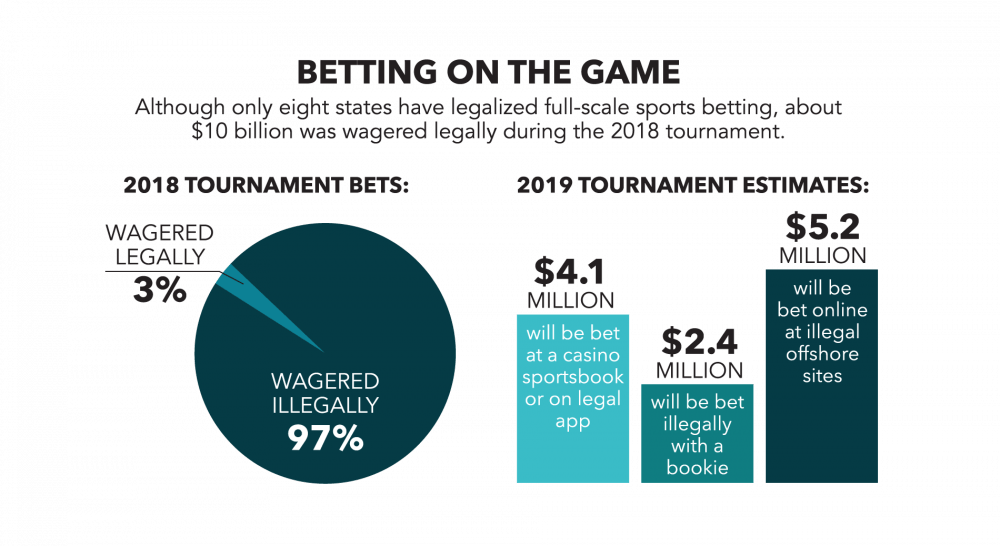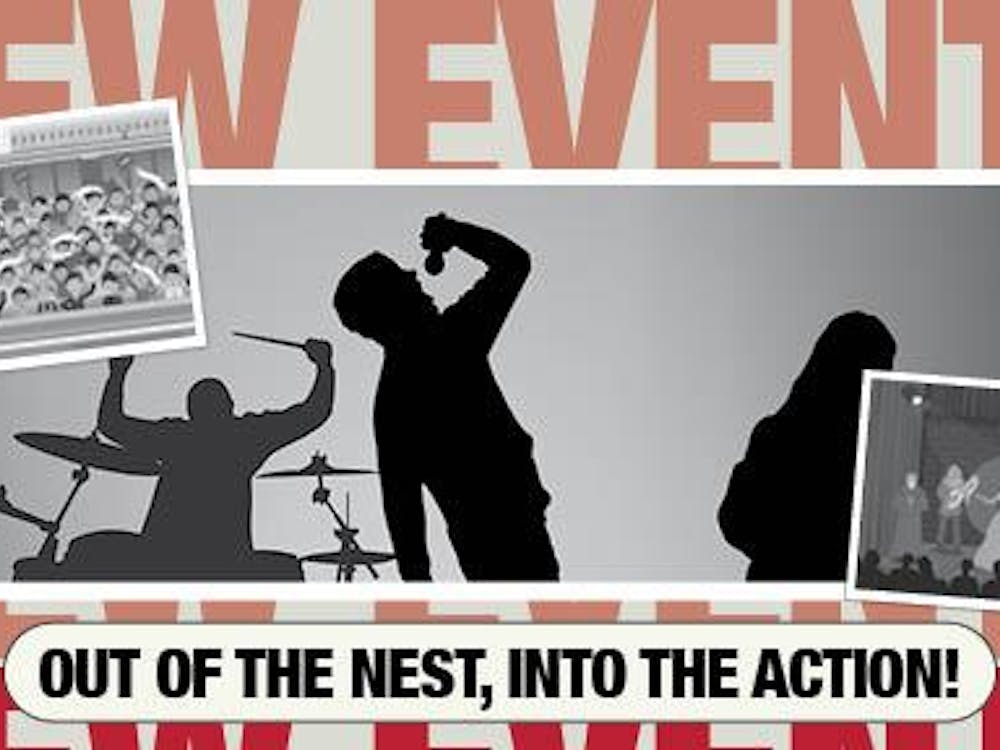When March rolls around, some people get excited for Mardi Gras, St. Patrick’s Day and even National Celery Month. However, for a few million people, March signifies one of the biggest sporting events of the year.
More than 350 NCAA Division I men’s basketball teams take the court every November with the dream of being one of the top 68 to make the cut for March Madness. Hosting the championship game this season, minneapolismn.gov says more than 90,000 visitors will come to the Twin Cities and occupy more than 8,000 hotel rooms in the area.
With any event attracting thousands of people in person and millions electronically, there is a vast amount of money to be made.
The main host city is Minneapolis, and there are a lot of moving parts to hosting the tournament that can stimulate an area’s economy. Although it’s hard to tell exactly how much money will flow through the Twin Cities, Mark Conrad, associate professor of law and ethics at Fordham University, estimates $142 million will be generated in the area’s economy.
“Certainly an event like [March Madness] can bring tourists in where they spent money on merchandise, hotels and add to the tax revenue for the city,” Conrad said. “Until the event is over, we are just not going to know [the total revenue].”
A press release from the 2019 Minneapolis Final Four Local Organizing Committee estimates that it will cost about $39 million to pay all workers employed for the Final Four. The Twin Cities is using this opportunity to promote what else the area has to offer.
“Hosting the 2019 NCAA Men’s Final Four will provide us with a tremendous opportunity to support college basketball while highlighting many of our city’s great assets,” Executive Director of Sports Minneapolis Melvin Tennant said in a press release.
Whenever thousands of people congregate in one area, many logistical problems that can arise. Jagdish Khubchandani, associate professor of health science at Ball State, said that safety and health concerns come up with large crowd, and law enforcement could be overwhelmed or understaffed.
Although there are 13 other cities hosting tournament games, Minneapolis will be the hub for the top college basketball games of the year.
According to ticketmaster.com, the cheapest ticket for the championship game is $294, not including online fees.
Another way spectators interact with a big venue is by gambling. Although only eight states have legalized full-scale sports betting, about $10 billion was wagered during the 2018 tournament — only 3 percent of which was wagered legally, according to a 2018 American Gaming Association press release.
One possible downside, however, is the month-long distraction from other businesses, which could leads to loss in revenue for the month, according to WalletHub.
While the exact amount that could be lost is hard to predict, Conrad said there is “some reasonable assumption for loss of productivity.”
What does all of this cost the American people? The economists at WalletHub project over $4 billion will be lost in the corporate sector because of the tournament. Although this is a large estimation, Conrad said that it can be hard to gauge on how accurate this amount can be.
“I think that if many businesses are taking time watching basketball games instead of doing what they are supposed to do, it is going to affect productivity,” Conrad said. “The question really is going to be is how much time are these people really spending watching or is it just in the background?”
Contact Drew Pierce with any comments at dlpierce2@bsu.edu or on Twitter @dpierce3cc.





